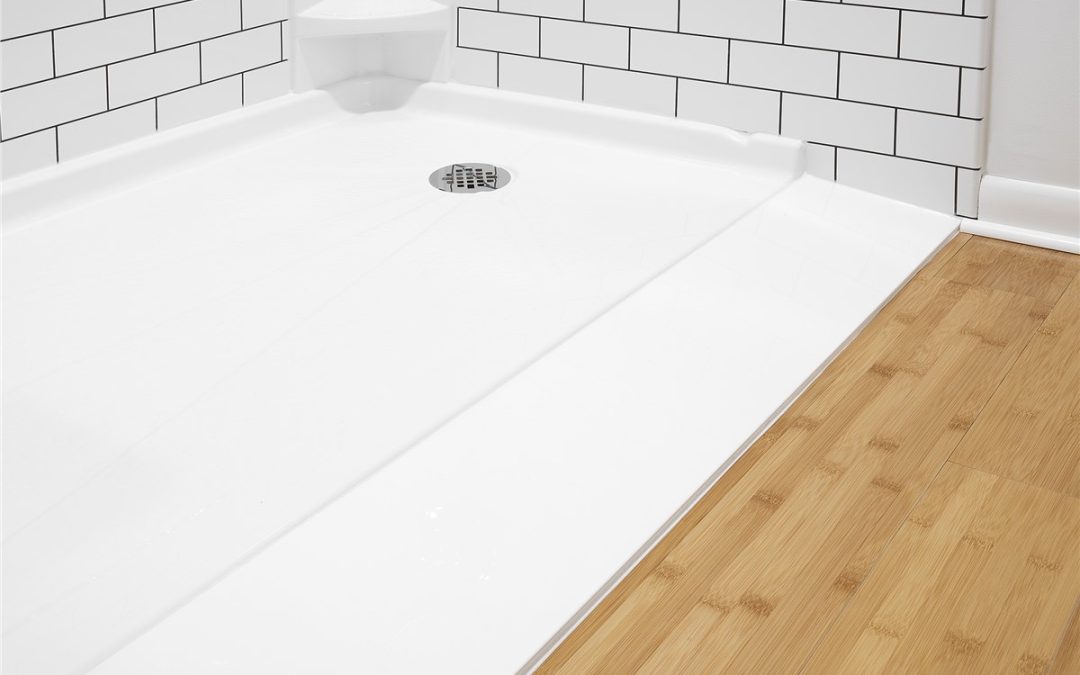Intro
For individuals with disabilities, something as simple as using the bathroom can often be a challenge. The lack of accessibility in public spaces can make it difficult for those with mobility limitations to perform everyday tasks. However, with the process of switching to a handicap-accessible bathroom, these barriers can be broken and individuals can regain their independence and dignity. In this blog post, we will discuss the importance of having a handicap-accessible bathroom and the steps involved in making the switch.
Understanding the Need for a Handicap-Accessible Bathroom:
Navigating a typical bathroom can be like a strenuous obstacle course for those with mobility limitations. Simple daily tasks, such as using the restroom or showering, can quickly become perilous undertakings. This is where the importance of an accessible bathroom comes into play. Designed with safety and ease of access at the forefront, it incorporates elements like wider doorways, lower countertops, and specialized fixtures. For anyone living with a disability, or caring for someone who is, creating a handicap-accessible bathroom goes beyond a luxury; it becomes an integral part of their daily life, ensuring both safety and independence.
Features of a Handicap-Accessible Bathroom:
Transitioning to a handicap-accessible bathroom involves incorporating certain key elements to enhance ease of use and safety. Think of grab bars as your supportive allies, placed strategically to help with movement around the bathroom. Roll-under sinks are an ingenious invention, enabling wheelchair users to approach the sink without having to stand. Step-in showers or bathtubs eliminate the risky business of stepping over a high edge, making bath times peaceful again. Also, comfort-height toilets are thoughtfully designed to make the everyday act of sitting down and getting up less challenging. By familiarizing yourself with these features, you’re already on the right path to creating a bathroom that caters to your needs.
Hiring a Professional Versus DIY:
The journey to a handicap-accessible bathroom can either be a solo trip or one with a professional guide, depending on the scale of the project and your DIY prowess. For tasks like installing grab bars or elevating the toilet, your own skills might be all that’s needed. Yet when it comes to larger endeavors like enlarging doorways or introducing walk-in tubs, bringing a professional on board is recommended. They possess the expertise and hands-on experience to guarantee an accessible and secure bathroom. After all, your safety is paramount in this journey.
Budgeting for the Conversion:
Making your bathroom handicap-accessible is a worthy investment, but it’s undeniable that costs can vary significantly. You might be looking at a budget-friendly few hundred dollars for minor adjustments, or tens of thousands if a complete remodel is in order. Be mindful when outlining your budget, giving priority to modifications that are absolutely essential. To ease financial burden, explore the possibility of grants or loans specifically designated for home modifications. Approach this as an investment in improving quality of life by enhancing safety and autonomy, not just an ordinary home renovation. The important thing is to strike a balance between affordability and necessity in your conversion process.
Planning for Future Needs:
Adapting your bathroom to become handicap-accessible should include an eye towards the future. Even if you or a loved one are currently mobile but grappling with a progressive condition, the day may come where a wheelchair becomes necessary. It’s crucial to think ahead during the conversion process. By considering future needs, you’ll create a bathroom that will continue to meet evolving needs without the requirement for major overhauls down the line. It’s not merely about adapting to the present, but also preparing for the future, ensuring that your bathroom remains functional, safe, and supportive throughout your journey.
Embracing the Transition: Making the Bathroom Beautiful and Functional:
Switching to a handicap-accessible bathroom doesn’t mean compromising aesthetics. You can seamlessly blend function with flair, creating a space that’s as delightful to the eye as it is easy to use. Stylish fixtures and chic finishes can lend an elegance to your bathroom while ensuring it remains safe and accessible. Modern, user-friendly features such as walk-in showers not only increase safety but also add a sophisticated touch to the overall decor. The key here is to infuse your personal style into the design. Think of this as an opportunity to renovate, not just modify. By doing so, you can turn your bathroom into a space that celebrates your unique taste while catering to your needs, making it a haven of safety, comfort, and style.
Check out the top 5 reasons you should say yes to your next bathroom or kitchen remodel! Contact us today to talk with our experts about your home remodel project. Check out our Facebook for daily updates!
